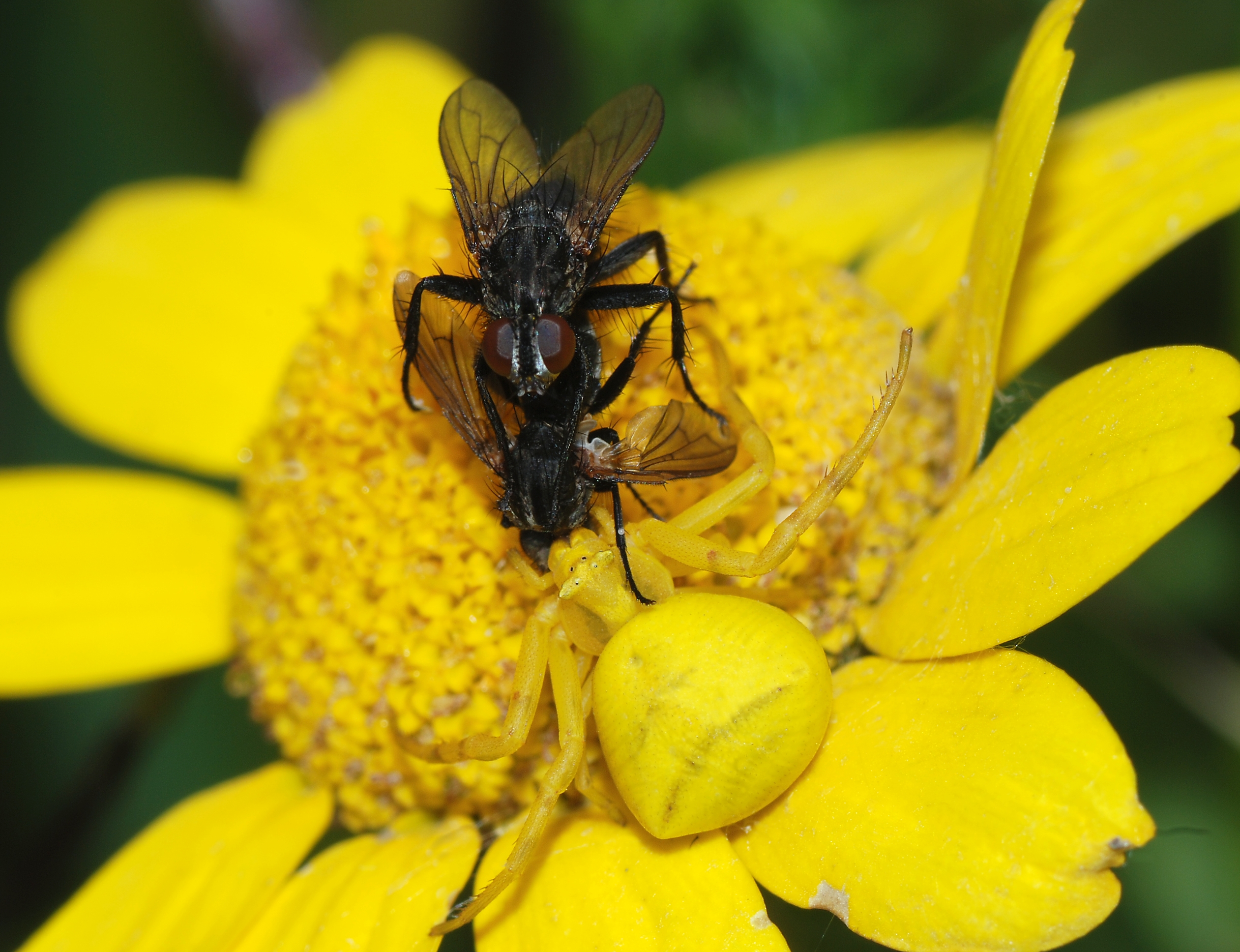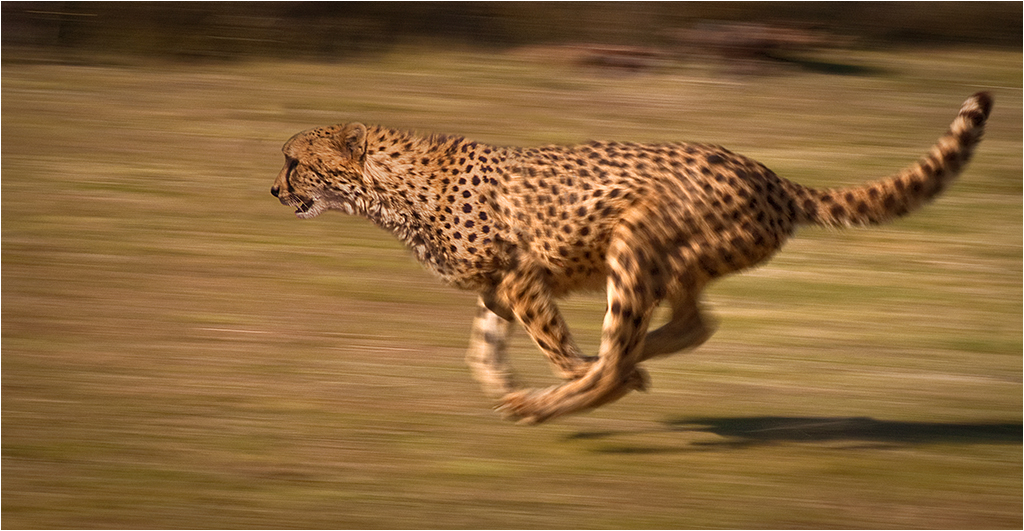|
Lythronax Argestes
''Lythronax'' () is a genus of tyrannosaurid dinosaur that lived in North America around 81.9-81.5 million years ago during the Late Cretaceous period. The only known specimen was discovered in Utah in the Wahweap Formation of the Grand Staircase–Escalante National Monument in 2009, and it consists of a partial skull and skeleton. In 2013, it became the basis of the new genus and species ''Lythronax argestes''; the generic name ''Lythronax'' means "gore king", and the specific name ''argestes'' originates from the Greek poet Homer's name for the wind from the southwest, in reference to the specimen's geographic provenance in North America. Size estimates for ''Lythronax'' have ranged between in length, and between in weight. It was a heavily built tyrannosaurid, and as a member of that group, it would have had small, two-fingered forelimbs, strong hindlimbs, and a very robust skull. The rear part of the skull of ''Lythronax'' appears to have been very broad, with eye sock ... [...More Info...] [...Related Items...] OR: [Wikipedia] [Google] [Baidu] |
Late Cretaceous
The Late Cretaceous (100.5–66 Ma) is the younger of two epochs into which the Cretaceous Period is divided in the geologic time scale. Rock strata from this epoch form the Upper Cretaceous Series. The Cretaceous is named after ''creta'', the Latin word for the white limestone known as chalk. The chalk of northern France and the white cliffs of south-eastern England date from the Cretaceous Period. Climate During the Late Cretaceous, the climate was warmer than present, although throughout the period a cooling trend is evident. The tropics became restricted to equatorial regions and northern latitudes experienced markedly more seasonal climatic conditions. Geography Due to plate tectonics, the Americas were gradually moving westward, causing the Atlantic Ocean to expand. The Western Interior Seaway divided North America into eastern and western halves; Appalachia and Laramidia. India maintained a northward course towards Asia. In the Southern Hemisphere, Australia a ... [...More Info...] [...Related Items...] OR: [Wikipedia] [Google] [Baidu] |
Holotype
A holotype is a single physical example (or illustration) of an organism, known to have been used when the species (or lower-ranked taxon) was formally described. It is either the single such physical example (or illustration) or one of several examples, but explicitly designated as the holotype. Under the International Code of Zoological Nomenclature (ICZN), a holotype is one of several kinds of name-bearing types. In the International Code of Nomenclature for algae, fungi, and plants (ICN) and ICZN, the definitions of types are similar in intent but not identical in terminology or underlying concept. For example, the holotype for the butterfly '' Plebejus idas longinus'' is a preserved specimen of that subspecies, held by the Museum of Comparative Zoology at Harvard University. In botany, an isotype is a duplicate of the holotype, where holotype and isotypes are often pieces from the same individual plant or samples from the same gathering. A holotype is not necessaril ... [...More Info...] [...Related Items...] OR: [Wikipedia] [Google] [Baidu] |
Tyrannosaur
Tyrannosauroidea (meaning 'tyrant lizard forms') is a superfamily (or clade) of coelurosaurian theropod dinosaurs that includes the family Tyrannosauridae as well as more basal relatives. Tyrannosauroids lived on the Laurasian supercontinent beginning in the Jurassic Period. By the end of the Cretaceous Period, tyrannosauroids were the dominant large predators in the Northern Hemisphere, culminating in the gigantic ''Tyrannosaurus''. Fossils of tyrannosauroids have been recovered on what are now the continents of North America, Europe and Asia, with fragmentary remains possibly attributable to tyrannosaurs also known from South America and Australia. Tyrannosauroids were bipedal carnivores, as were most theropods, and were characterized by numerous skeletal features, especially of the skull and pelvis. Early in their existence, tyrannosauroids were small predators with long, three-fingered forelimbs. Late Cretaceous genera became much larger, including some of the largest ... [...More Info...] [...Related Items...] OR: [Wikipedia] [Google] [Baidu] |
University Of Utah
The University of Utah (U of U, UofU, or simply The U) is a public research university in Salt Lake City, Utah. It is the flagship institution of the Utah System of Higher Education. The university was established in 1850 as the University of Deseret () by the General Assembly of the provisional State of Deseret, making it Utah's oldest institution of higher education. It received its current name in 1892, four years before Utah attained statehood, and moved to its current location in 1900. As of Fall 2019, there were 24,485 undergraduate students and 8,333 graduate students, for an enrollment total of 32,818, making it the second largest public university in the state after Utah Valley University. Graduate studies include the S.J. Quinney College of Law and the School of Medicine, Utah's first medical school. It is a member of the Association of American Universities (AAU) and is classified among "R1: Doctoral Universities – Very high research activity". According to the ... [...More Info...] [...Related Items...] OR: [Wikipedia] [Google] [Baidu] |
Paleontologists
Paleontology (), also spelled palaeontology or palæontology, is the scientific study of life that existed prior to, and sometimes including, the start of the Holocene epoch (roughly 11,700 years before present). It includes the study of fossils to classify organisms and study their interactions with each other and their environments (their paleoecology). Paleontological observations have been documented as far back as the 5th century BC. The science became established in the 18th century as a result of Georges Cuvier's work on comparative anatomy, and developed rapidly in the 19th century. The term itself originates from Greek (, "old, ancient"), (, ( gen. ), "being, creature"), and (, "speech, thought, study"). Paleontology lies on the border between biology and geology, but differs from archaeology in that it excludes the study of anatomically modern humans. It now uses techniques drawn from a wide range of sciences, including biochemistry, mathematics, and engineering. ... [...More Info...] [...Related Items...] OR: [Wikipedia] [Google] [Baidu] |
Theropod
Theropoda (; ), whose members are known as theropods, is a dinosaur clade that is characterized by hollow bones and three toes and claws on each limb. Theropods are generally classed as a group of saurischian dinosaurs. They were ancestrally carnivorous, although a number of theropod groups evolved to become herbivores and omnivores. Theropods first appeared during the Carnian age of the late Triassic period 231.4 million years ago ( Ma) and included all the large terrestrial carnivores from the Early Jurassic until at least the close of the Cretaceous, about 66 Ma. In the Jurassic, birds evolved from small specialized coelurosaurian theropods, and are today represented by about 10,500 living species. Biology Diet and teeth Theropods exhibit a wide range of diets, from insectivores to herbivores and carnivores. Strict carnivory has always been considered the ancestral diet for theropods as a group, and a wider variety of diets was historically considered a ch ... [...More Info...] [...Related Items...] OR: [Wikipedia] [Google] [Baidu] |
Fossils
A fossil (from Classical Latin , ) is any preserved remains, impression, or trace of any once-living thing from a past geological age. Examples include bones, shells, exoskeletons, stone imprints of animals or microbes, objects preserved in amber, hair, petrified wood and DNA remnants. The totality of fossils is known as the ''fossil record''. Paleontology is the study of fossils: their age, method of formation, and evolutionary significance. Specimens are usually considered to be fossils if they are over 10,000 years old. The oldest fossils are around 3.48 billion years old to 4.1 billion years old. Early edition, published online before print. The observation in the 19th century that certain fossils were associated with certain rock strata led to the recognition of a geological timescale and the relative ages of different fossils. The development of radiometric dating techniques in the early 20th century allowed scientists to quantitatively measure the ab ... [...More Info...] [...Related Items...] OR: [Wikipedia] [Google] [Baidu] |
Nipple Butte Area Of Grand Staircase-Escalante National Monument
The nipple is a raised region of tissue on the surface of the breast from which, in females, milk leaves the breast through the lactiferous ducts to feed an infant. The milk can flow through the nipple passively or it can be ejected by smooth muscle contractions that occur along with the ductal system. The nipple is surrounded by the areola, which is often a darker colour than the surrounding skin. A nipple is often called a teat when referring to non-humans. Nipple or teat can also be used to describe the flexible mouthpiece of a baby bottle. In humans, the nipples of both males and females can be stimulated as part of sexual arousal. In many cultures, human female nipples are sexualized, or "regarded as sex objects and evaluated in terms of their physical characteristics and sexiness." Anatomy In mammals, a nipple (also called mammary papilla or teat) is a small projection of skin containing the outlets for 15–20 lactiferous ducts arranged cylindrically around the tip. ... [...More Info...] [...Related Items...] OR: [Wikipedia] [Google] [Baidu] |
Ambush Predation
Ambush predators or sit-and-wait predators are carnivorous animals that capture or trap prey via stealth, luring or by (typically instinctive) strategies utilizing an element of surprise. Unlike pursuit predators, who chase to capture prey using sheer speed or endurance, ambush predators avoid fatigue by staying in concealment, waiting patiently for the prey to get near, before launching a sudden overwhelming attack that quickly incapacitates and captures the prey. The ambush is often opportunistic, and may be set by hiding in a burrow, by camouflage, by aggressive mimicry, or by the use of a trap (e.g. a web). The predator then uses a combination of senses to detect and assess the prey, and to time the strike. Nocturnal ambush predators such as cats and snakes have vertical slit pupils helping them to judge the distance to prey in dim light. Different ambush predators use a variety of means to capture their prey, from the long sticky tongues of chameleons to the expandi ... [...More Info...] [...Related Items...] OR: [Wikipedia] [Google] [Baidu] |
Pursuit Predation
Pursuit predation is a form of predation in which predators actively give chase to their prey, either solitarily or as a group. It is an alternate predation strategy to ambush predation — pursuit predators rely on superior speed, endurance and/or teamwork to seize the prey, while ambush predators use stealth, luring, the use of surroundings and the element of surprise to capture the prey. While the two patterns of predation are not mutually exclusive, morphological differences in an organism's body plan can create an evolutionary bias favoring either type of predation. Pursuit predation is typically observed in carnivorous species within the kingdom Animalia, such as cheetahs, lions, wolves and early ''Homo'' species. The chase can be initiated either by the predator, or by the prey if it is alerted to a predator's presence and attempt to flee before the predator gets close. The chase ends either when the predator successfully catches up and tackles the prey, or w ... [...More Info...] [...Related Items...] OR: [Wikipedia] [Google] [Baidu] |
Depth Perception
Depth perception is the ability to perceive distance to objects in the world using the visual system and visual perception. It is a major factor in perceiving the world in three dimensions. Depth perception happens primarily due to stereopsis and accommodation of the eye. Depth sensation is the corresponding term for non-human animals, since although it is known that they can sense the distance of an object, it is not known whether they perceive it in the same way that humans do. Depth perception arises from a variety of depth cues. These are typically classified into binocular cues and monocular cues. Binocular cues are based on the receipt of sensory information in three dimensions from both eyes and monocular cues can be observed with just one eye. Binocular cues include retinal disparity, which exploits parallax and vergence. Stereopsis is made possible with binocular vision. Monocular cues include relative size (distant objects subtend smaller visual angles than ... [...More Info...] [...Related Items...] OR: [Wikipedia] [Google] [Baidu] |
Basal (phylogenetics)
In phylogenetics, basal is the direction of the ''base'' (or root) of a rooted phylogenetic tree or cladogram. The term may be more strictly applied only to nodes adjacent to the root, or more loosely applied to nodes regarded as being close to the root. Note that extant taxa that lie on branches connecting directly to the root are not more closely related to the root than any other extant taxa. While there must always be two or more equally "basal" clades sprouting from the root of every cladogram, those clades may differ widely in taxonomic rank, species diversity, or both. If ''C'' is a basal clade within ''D'' that has the lowest rank of all basal clades within ''D'', ''C'' may be described as ''the'' basal taxon of that rank within ''D''. The concept of a 'key innovation' implies some degree of correlation between evolutionary innovation and diversification. However, such a correlation does not make a given case predicable, so ancestral characters should not be imputed ... [...More Info...] [...Related Items...] OR: [Wikipedia] [Google] [Baidu] |



.jpg)






